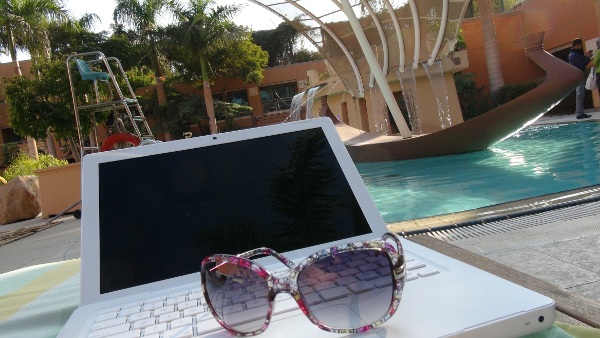-
Copyright, the Web and SEO

I am constantly amazed at how many people seem to think that in the digital space it is okay to cut and paste other people’s work. They will cut and paste full blog posts written by others onto their site and use photos without the proper permissions, neglecting to credit and link the sources. I’ve…